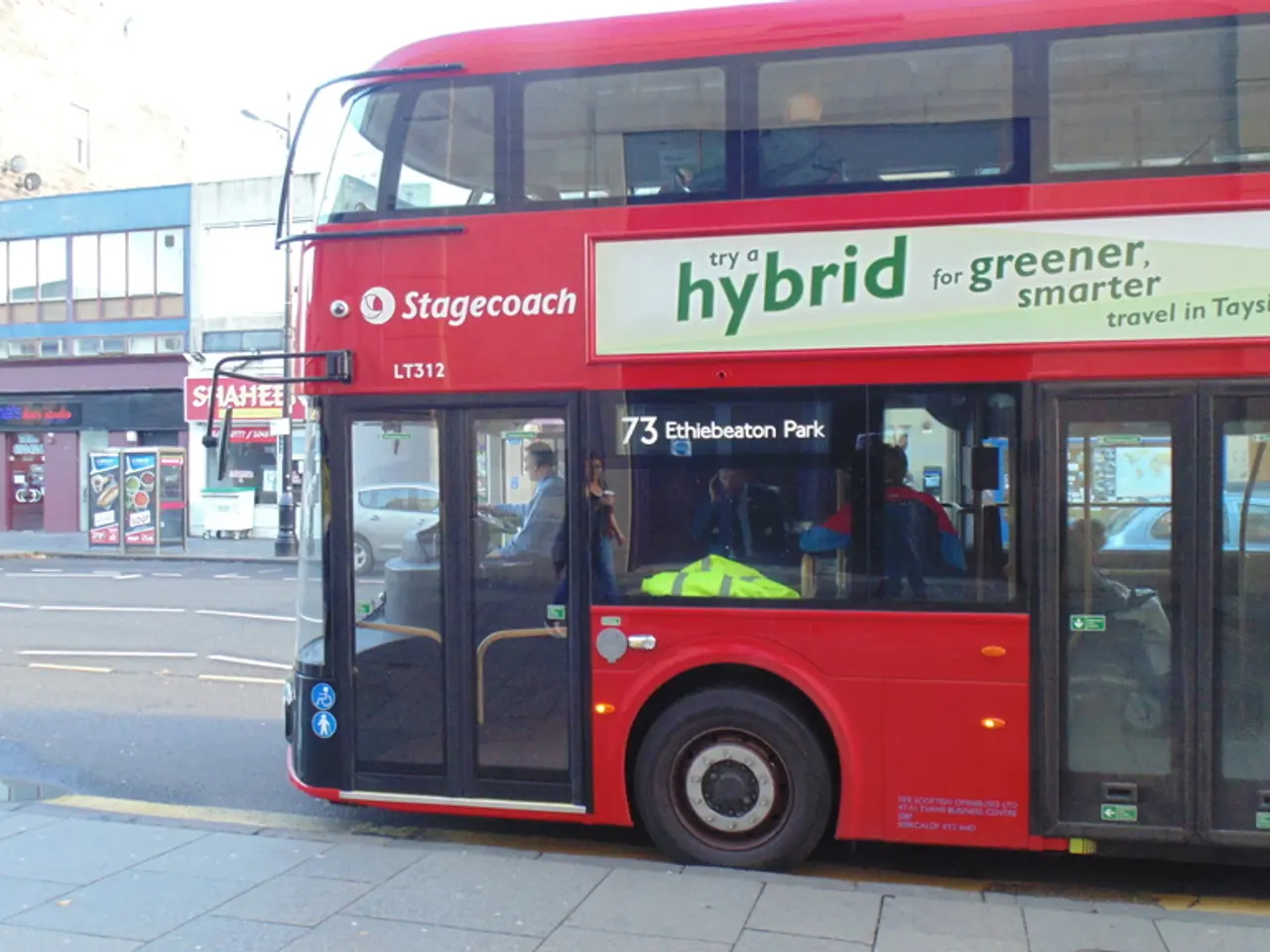Timeframe Required to Develop a Fully Functional Real Estate Application
In the world of technology, creating a real estate app, such as Zillow or Airbnb, is a significant endeavour. The process begins with careful planning, setting the purpose, and identifying the target audience, a task that typically takes around one week.
Market research and planning for such an app can take between 1-2 weeks. This stage involves understanding the market, competition, and user needs to create an app that resonates with the target audience.
Once the groundwork is laid, the development process commences. The overall time taken for creating a property listing app can range from 3 to 6 months for a basic app. For a feature-rich app, it may take up to 12 months or more.
The backend development, a crucial part of the process, constructs servers, databases, and APIs to handle user data, property listings, images, chat platforms, and booking requests. This phase typically takes around 4-8 weeks.
The development timeline can be influenced by several key factors. App complexity, platform choice, team size and expertise, and the scope of features all play a role. For instance, advanced functionality like AI features or integrations can add to the timeline. Developing for both iOS and Android platforms may also require more time due to the varied coding, testing, and deployment needs.
A typical development workflow involves frontend and backend coding, integration with databases and third-party services, rigorous testing and quality assurance, and deployment. Testing and quality assurance can last up to 4-6 weeks for bug fixes and performance improvements. Deployment, including app store submission and approval, can take 1-2 weeks.
With these factors in mind, a real estate app with moderate-to-advanced features usually falls within a 3-6 month development window. Apps with AI components or extensive third-party integrations may lean towards the longer end or beyond, similar to AI financial assistant apps that take 4-8 months due to added complexity and testing requirements.
The UI/UX design process, which aims to create an intuitive, clean, and user-friendly interface, takes around 3-4 weeks. Developing an administration panel for managing listings and users is also part of the backend development phase.
To speed up the development process, an experienced app development company can help align the development goals with the target market. A well-researched plan for the app ensures that the development team can grasp the idea and the way forward.
In summary, the development timeline for a feature-rich real estate app generally ranges from 3 to 6 months, scaling with app complexity, team composition, features included, and whether one or both major platforms are targeted. The time taken to define the features and functionality of a real estate app is approximately one week, while UI/UX design takes around 3-4 weeks. The planning and design stages are ongoing to ensure the app remains relevant and user-friendly.
- The development of a feature-rich real estate app, such as a Zillow or Airbnb, begins with a week-long planning phase to set the purpose and identify the target audience.
- The backend development, a vital part of the process, constructs servers, databases, and APIs, and typically takes around 4-8 weeks.
- A typical development workflow for a real estate app includes frontend and backend coding, integration with databases and third-party services, rigorous testing and quality assurance, and deployment.
- With an experienced app development company, the development process can be sped up as they align the development goals with the target market and have a well-researched plan for the app.
- Market research and planning for a real estate app, which involves understanding the market, competition, and user needs, can take between 1-2 weeks.




